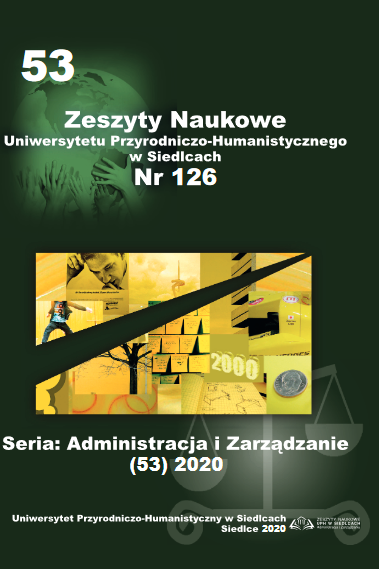CHANGES IN THE LEVEL OF SOCIO-ECONOMIC DEVELOPMENT IN WESTERN BALKAN EU ACCESSIONIST COUNTRIES IN 2010-2018
CHANGES IN THE LEVEL OF SOCIO-ECONOMIC DEVELOPMENT IN WESTERN BALKAN EU ACCESSIONIST COUNTRIES IN 2010-2018
Author(s): Sylwester Kozak, Etleva Muça (Dashi)Subject(s): Geography, Regional studies, Economic development, Socio-Economic Research
Published by: Uniwersytet w Siedlcach
Keywords: Western Balkans; regional development; TOPSIS method;
Summary/Abstract: The paper presents the results of research on changes in the level of socioeconomic development in Western Balkan countries, including Albania, Montenegro, North Macedonia and Serbia, for the period 2010- -2018. The level of development was determined by the method TOPSIS, based on two social and six economic criteria using data from national statistical offices. The results indicate that four countries present long-term positive growth over the course of the decade. Throughout the entire analyzed period, Montenegro characterized with the highest and Albania the lowest development in the region. These countries characterized with the most and the least favorable levels of the analyzed categories, inter alia, the level of employment in agriculture, population growth, infant mortality rate, or the average wage. The levels of development of North Macedonia and Serbia were average for the region. However, the stable and rather favorable trends of the main social and economic criteria in the region allow us to expect that its development potential will continue in the future.
Journal: Zeszyty Naukowe Uniwersytetu Przyrodniczo-Humanistycznego, seria Administracja i Zarządzanie
- Issue Year: 53/2020
- Issue No: 126
- Page Range: 19-28
- Page Count: 10
- Language: English

